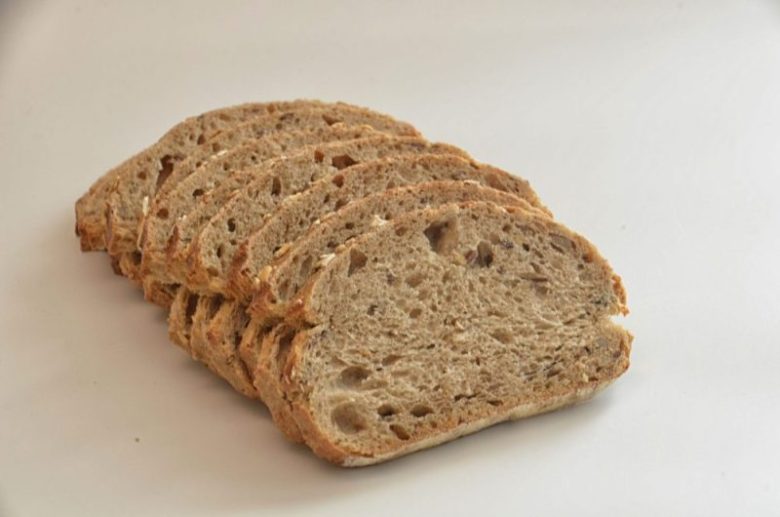Making homemade whole wheat bread guarantees us bread without preservatives or additives. In addition, it is much more economical to do than to buy it too. This bread is spectacular as much as to accompany meals as for breakfasts and snacks.
In its composition rich in fibers, vitamins and minerals, they provide multiple benefits to our body. Resulting more healthier and beneficial. Then, the ideal is to find that recipe that more convinces, like it or easy. And so start making our own homemade whole wheat bread for daily use.
Let’s talk a bit about the recipe:
Making this homemade whole wheat bread recipe is quite practical and simple. The ingredients used are few and common, easy to find in any market. It turns out to be a malleable and docile dough, which should not present any type of complication during its preparation.
About the ingredients:
At Integralisimo, the whole wheat flour used is 100% whole grain, fine ground (I don’t use mixes unless I mention it). In general, depending on its brand, it can absorb more or less amount of liquid. So I recommend incorporating them gradually. Keep in mind that the lower the volume is, smaller final product you will get.
The fat used in this opportunity is olive oil. But it can be replaced by margarine, sunflower oil, coconut oil, etc. As a result, depending on which fat is used, its texture can be modified. Therefore, the type of ingredient used to make a specific recipe should always be taken into account.
This whole wheat bread can be made with the seeds that you like most or just alone. Also you can make several breads, cut them into slices and freeze. In this way you have bread in hand when needed.
About cooking:
Its cooking takes a few minutes and it is recommended to be punctual to prevent it from drying out. So you can enjoy a soft, fluffy, humid and flexible whole wheat bread. It is very important that at the end of baking it is removed from the mold immediately to prevent the bread from becoming damp.
Do you have any doubt or suggestion? Write a comment at the end of this recipe 👇
Do not forget to follow me on social networks to know the latest news in whole grain recipes!
Visit my general site Locos Por La Comida where you will find all Integralisimo, Locos Por Los Dulces and Veganisimos recipes.

